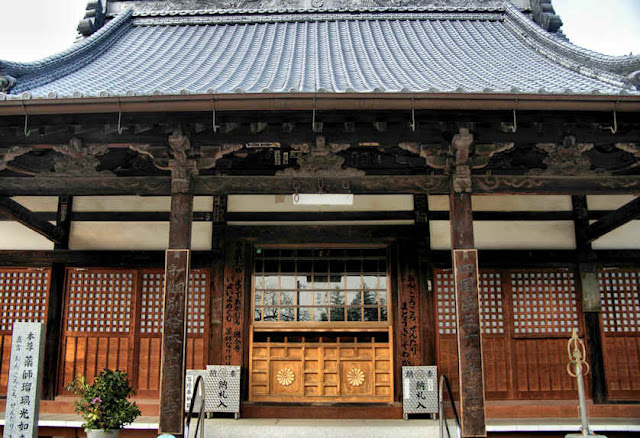Saturday, March 29, 2025
Hayashi Kumano Shrine. The First Kumano Shrine?
Labels:
Amaterasu,
amenoshihomimi,
chugoku33,
en no gyoja,
haniyama hime,
hikohohodemi,
izanagi,
izanami,
kagutsuchi,
komainu,
kumano,
mizuhanome,
ninigi,
Shrine,
ugayafukiaezu,
wakamusubi
Sunday, March 23, 2025
Akashi Castle
The castle was constructed between 1615 and 1617 and took about a year to build. Thanks to the One Domain One Castle decree of 1615 many castles were dismantled and come of the materials and structures were recycled in the construction of Akashi Castle
The castle was built by Ogasawara Tadazane, but the Ogasawara were transferred to the Kokura Domain in 1632.
Labels:
akashi,
castle,
hyogo,
miyamoto musashi
Friday, March 21, 2025
Goryu Sonryuin Temple
There was an area with many Mizuko Jizo, very much a postwar thing, but apparently there were originally five temples here.
According to the story, when En no Gyoja, the legendary founder of Shugendo, was exiled to Izu by the government, 5 of his disciples wandered around various areas carrying the divided spirits of the Kumano Sanzan shrines and in 701 after divine revelations set up the shrine here.
Labels:
chugoku33,
en no gyoja,
mizuko jizo,
okayama,
pagoda,
shugendo,
temple
Thursday, March 20, 2025
Iyo Kokubunji Temple 59 Shikoku Pilgrimage
Worth looking for when visiting is the lovely "topless" Benzaiten statue in the Benten Shrine. Also noticeable is the Hand-Shaking Daishi statue below.
Subscribe to:
Posts (Atom)






























































